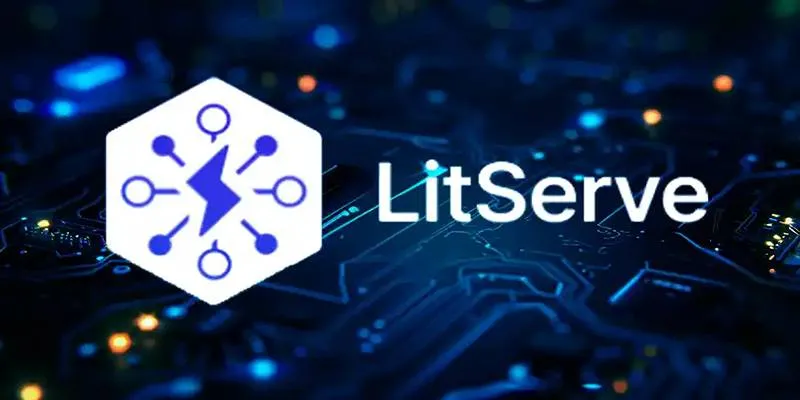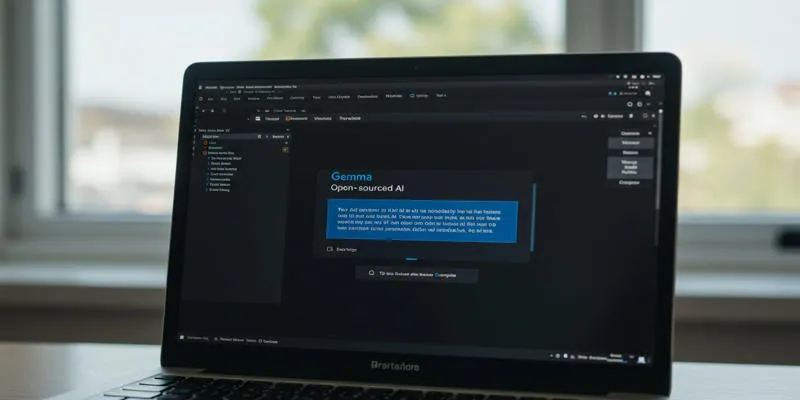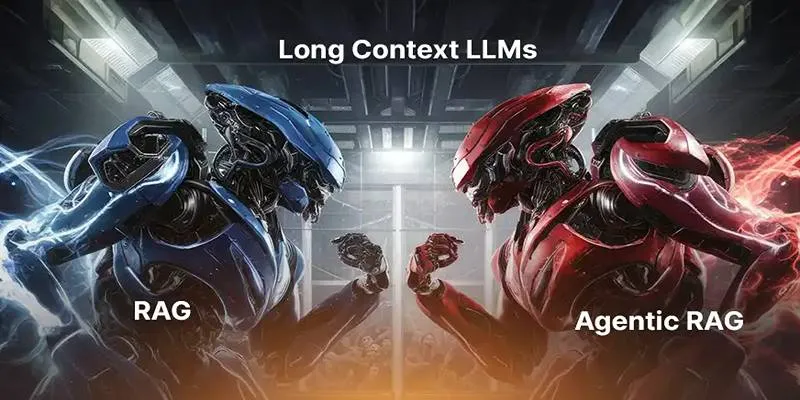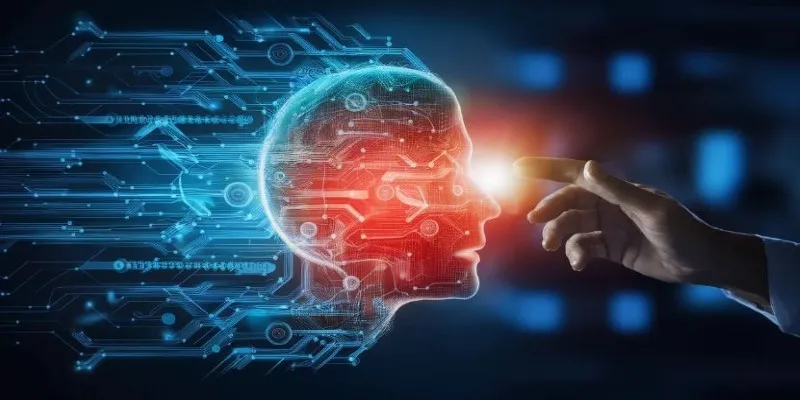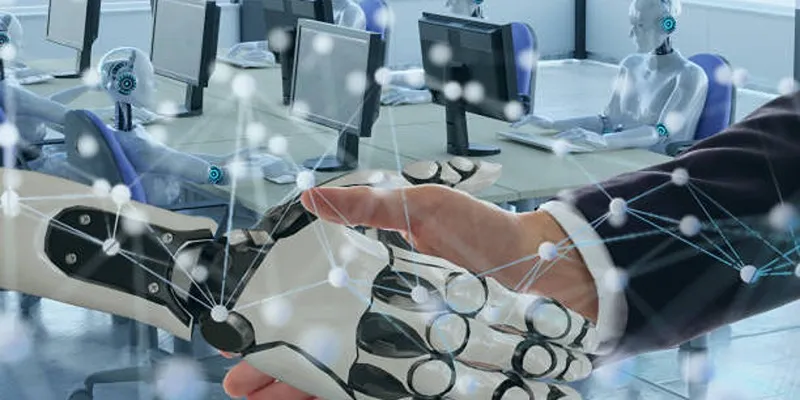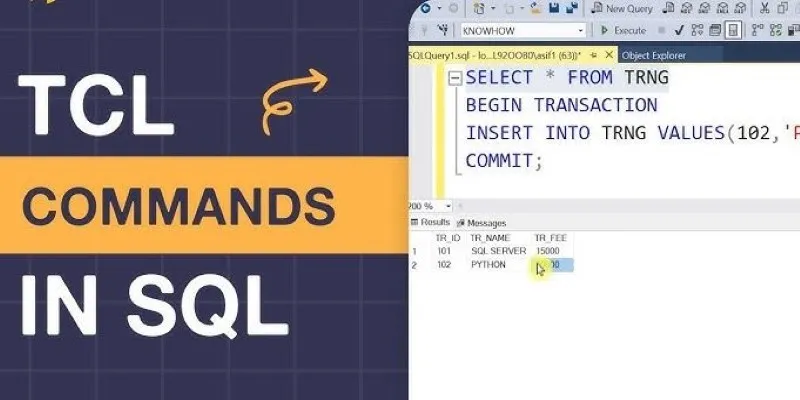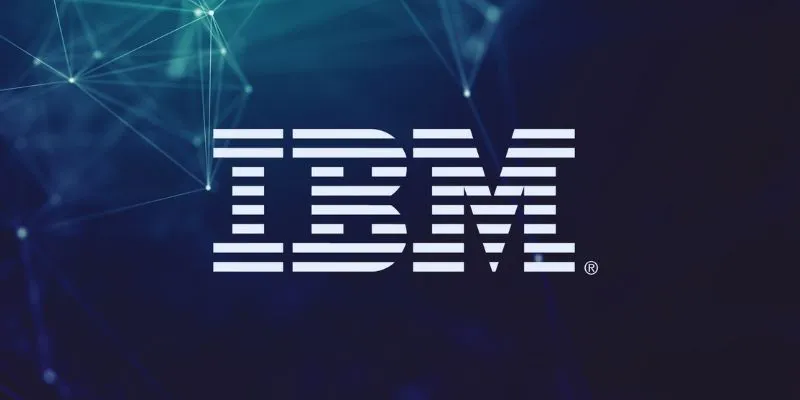Artificial Intelligence (AI) continues to transform industries, enabling machines to perform complex tasks that once required human intelligence. From natural language processing to image recognition, AI models are achieving remarkable accuracy and speed. However, building these models from the ground up is a time-consuming and resource-intensive endeavor. AI transfer learning has emerged as a breakthrough approach that dramatically reduces the effort needed to train effective models.
This technique allows developers to reuse existing models, known as pre- trained models, and fine-tune them for new but related tasks. In doing so, transfer learning accelerates development, cuts costs, and enhances performance. This post explains how AI transfer learning works , its types, and why it’s becoming essential in modern AI workflows.
How AI Transfer Learning Works?
The transfer learning process typically involves three main stages: selecting a pre-trained model, freezing layers for feature extraction, and fine-tuning for the target task. Each stage plays a specific role in adapting the original model to a new context.
1. Selection of a Pre-Trained Model
The first step is to select a suitable pre-trained model. These models have already been trained on large-scale datasets for general tasks such as language modeling or image classification. Examples include models like GPT and BERT for text or VGG and ResNet for images.
The effectiveness of transfer learning heavily depends on how closely the source and target tasks are related. A model trained to recognize animals, for example, is more likely to transfer well to recognizing other living creatures than to objects like vehicles.
2. Feature Extraction Through Freezing Layers
After selecting a pre-trained model, the next step involves freezing the early layers of the neural network. These layers usually learn to detect basic features—edges in images or grammar rules in text—which are often useful across multiple tasks.
By freezing these layers, the model retains its ability to interpret foundational information. Only the higher, more specialized layers are replaced or modified to suit the new application. This technique enables the model to maintain its general understanding while being adjusted for specific output goals.
3. Fine-Tuning for the Target Task
The final phase is fine-tuning, where the model is trained on a new dataset. This dataset is usually smaller and more focused than the original one. Fine- tuning adjusts the new layers of the model, enabling it to perform well on the specific task without overhauling its entire architecture.
Fine-tuning is typically faster and requires less computational power, as the original model has already done the foundational work.
Types of Transfer Learning
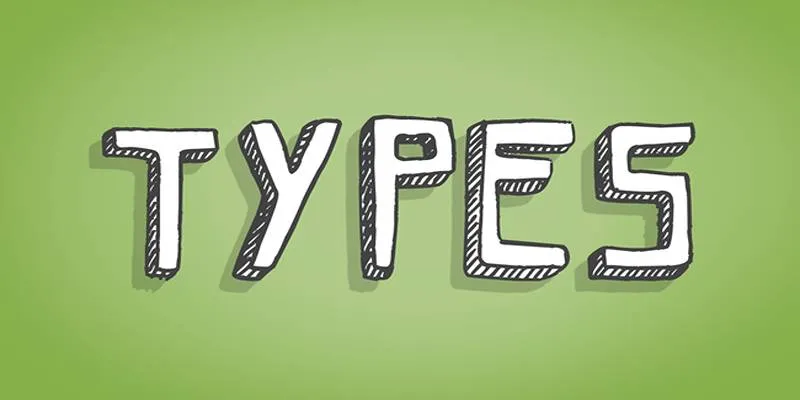
Transfer learning can take various forms depending on the relationship between the source and target tasks or domains. Understanding these variations helps in choosing the right approach for specific machine-learning objectives. The three most common types are:
1. Inductive Transfer Learning
Here, the target task differs from the source task, but both datasets may be similar. For example, using a model trained on general texts to perform sentiment analysis falls under this category.
This method is common in natural language processing and is often used when labeled data is available for the target task. The model leverages patterns learned from the source to perform more accurately on the new objective.
2. Transductive Transfer Learning
In this case, the task remains the same, but the domains are different. An example would be applying a model trained on English documents to analyze documents in French or another language.
The goal here is to transfer knowledge across domains, often using shared linguistic or structural similarities. It’s particularly useful when labeled data in the target domain is limited or unavailable.
3. Unsupervised Transfer Learning
This type involves scenarios where both tasks lack labeled data. It typically applies to tasks like clustering or dimensionality reduction, where the model learns to identify patterns without explicit supervision.
Unsupervised transfer learning aims to extract useful features from a source domain and apply them to improve performance in a related, unlabeled target domain. It’s often used in exploratory data analysis or pre-training stages.
Pre-Trained Models Commonly Used in Transfer Learning
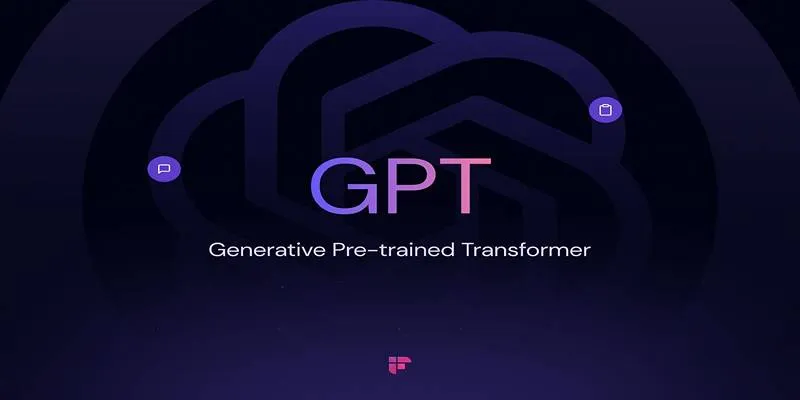
Several popular AI models are designed with transfer learning in mind and are freely available through platforms like Hugging Face, TensorFlow Hub, and OpenAI’s model registry.
Some well-known pre-trained models include:
- BERT (Bidirectional Encoder Representations from Transformers) – Used for natural language understanding.
- GPT (Generative Pre-trained Transformer) – Suited for language generation and understanding tasks.
- ResNet (Residual Network) – Ideal for deep image classification.
- InceptionV3 – Often used in advanced image recognition tasks.
These models serve as starting points for a wide variety of AI applications, from chatbots to image diagnostics.
Why Transfer Learning Is a Breakthrough?
Transfer learning is not just a useful shortcut—it represents a major evolution in how artificial intelligence is developed and deployed. Several factors make it an essential approach in today’s AI landscape:
- Data Efficiency : Most machine learning models require thousands or even millions of labeled examples. Transfer learning drastically reduces this requirement by using existing knowledge.
- Time and Resource Savings : Training large models from the ground up can take days or weeks. Transfer learning cuts down training time significantly.
- Boosted Performance : Models fine-tuned using transfer learning often outperform those trained from scratch, especially when the new dataset is limited in size.
- Wider Accessibility : Smaller organizations that lack access to massive datasets or computing infrastructure can still leverage powerful AI models through transfer learning.
Because of these advantages, transfer learning has seen widespread adoption across industries, including healthcare, finance, e-commerce, language translation, and autonomous vehicles.
Conclusion
AI transfer learning stands as one of the most practical and transformative techniques in modern artificial intelligence development. By leveraging pre- trained models and fine-tuning them for specific applications, developers can save time, reduce resource consumption, and improve overall model quality.
Although it has its limitations—such as potential bias and overfitting—when used correctly, transfer learning empowers a broader range of users to harness the full potential of AI. In today’s fast-paced, innovation-driven world, mastering transfer learning is becoming not just advantageous but essential.
 zfn9
zfn9
